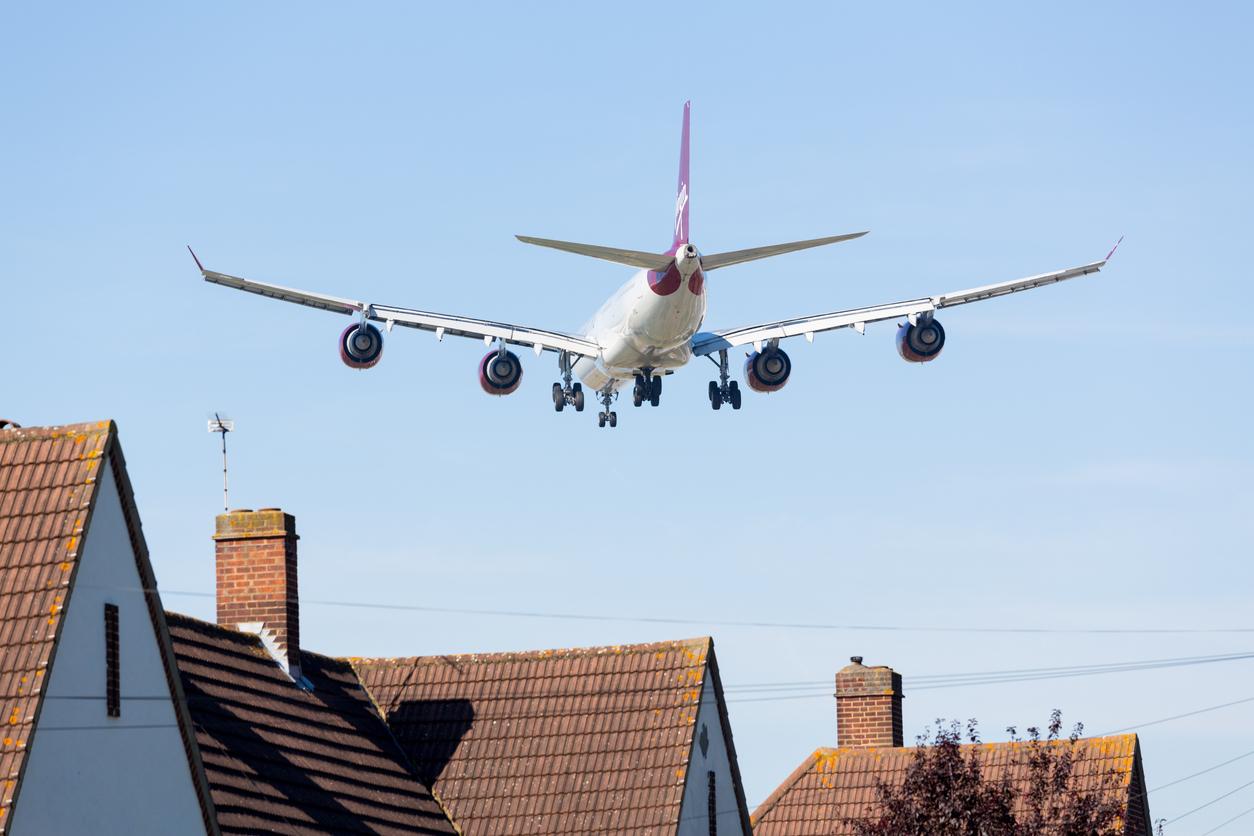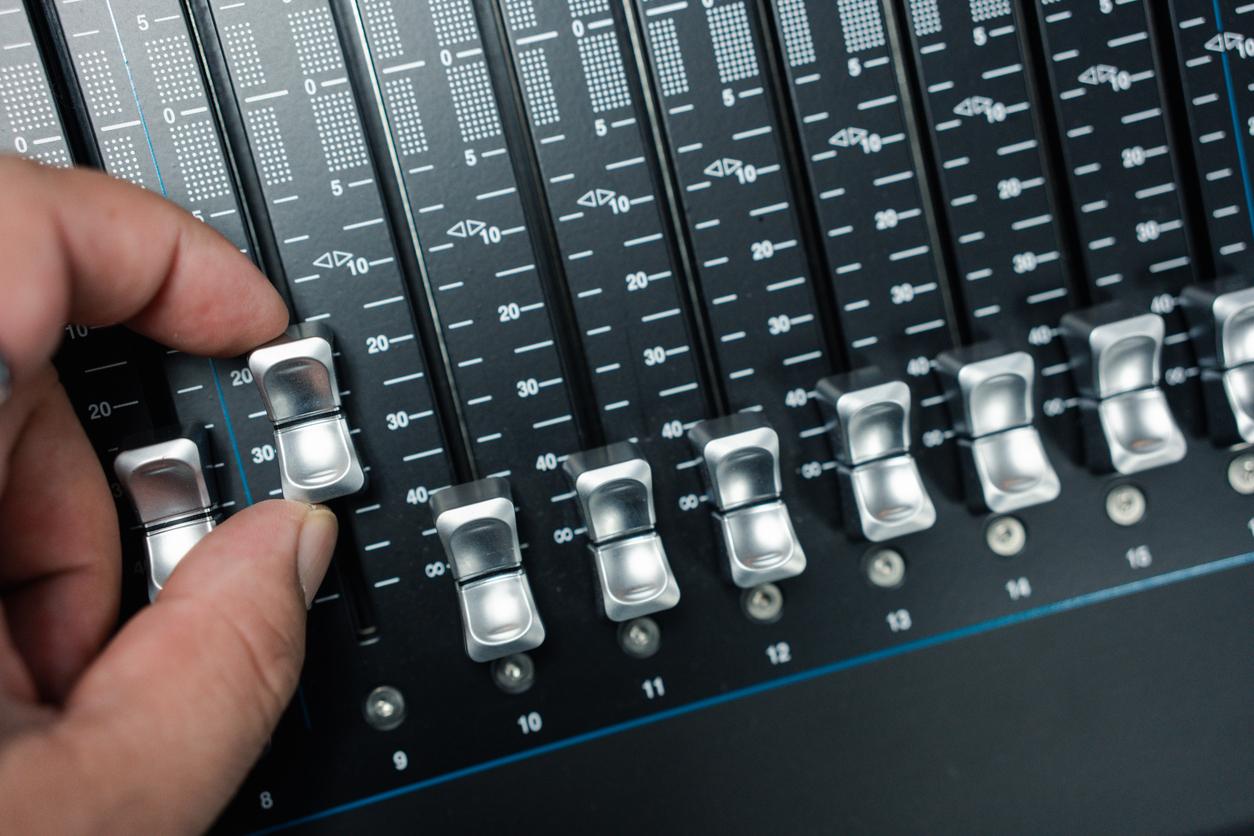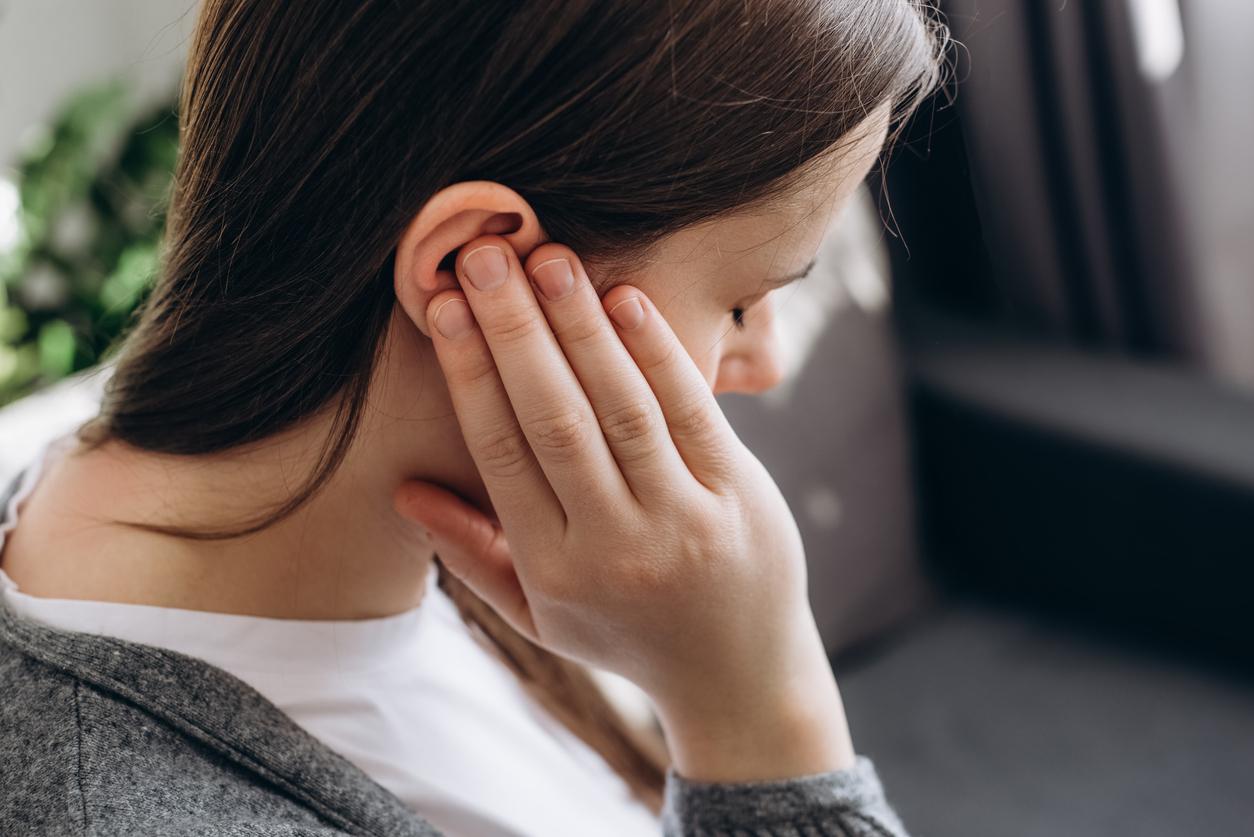People living near airport areas have more hypertension than others. Their hearts would bear the physical signs.

Living near an airport can seriously damage your health. This observation, repeated over and over again in the annual reports on the nuisances suffered by residents of airport areas, is the subject of a new study. This time, the authors look at the cardiovascular consequences of aircraft noise.
The results of this work were presented at the congress from the European Society of Cardiology. “Air traffic has exploded since jets were introduced to the market in the 1960s,” said Marta Rojek, of the University of Krakow (Poland), who conducted the study.
Thus, according to the International Civil Aviation Organization, some 64 million landings and take-offs were recorded in 2013. “This number should double within 20 years,” said the researcher. Hence the need to establish reliable data on the health impact of this means of transport.
More rigid arteries
To assess it, the team brought together 201 adults aged 40 to 66 who have lived in airport areas for at least three years. Among this group, 101 people were regularly exposed to noise pollution of at least 60 decibels; the rest of the group lived in areas where the sound environment did not exceed 55 decibels. It thus served as a control group for the study.
The participants’ blood pressure was measured, along with the stiffness of their aorta – a biological age marker associated with an increased risk of heart attack. However, according to the researchers’ observations, residents exposed to the most intense noise pollution had more hypertension than others (40% against 24%). They also had higher systolic pressure (146 versus 138 mmHg).
The researchers also observed signs of organ damage. In fact, residents of the noisiest airports had more rigid aortas and a higher ventricular mass.
According to the researchers, these results could be explained by the stress levels induced by aircraft noise among these residents who are permanently exposed.
.

















